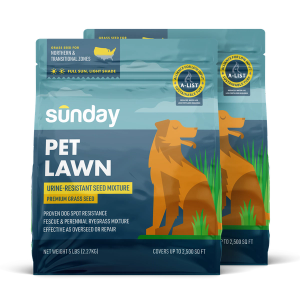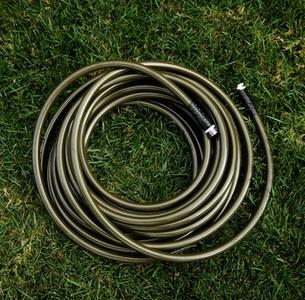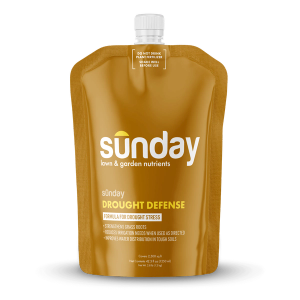Description
Rust appears as small yellow spots on leaf blades. These spots enlarge, forming orange to reddish brown areas, which eventually burst open and release orange or yellow fungal spores. These spores can be visible on mowers, shoes, and clothing.
Susceptible species and favorable conditions
Susceptible species: Perennial ryegrass, Kentucky bluegrass, tall and fine fescue; occasionally zoysiagrass, bermudagrass, and St. Augustinegrass.
Favorable conditions: Rust typically appears in mid-summer through the fall, but can occur over a large temperature range. Prolonged wetness of the leaf blade, especially followed by rapid increases in temperature, promotes the growth of rust. Nitrogen deficiencies, drought stress, mowing too low, and shade also encourage rust development.
Recommended cultural practices
- Deep and infrequent watering as needed to meet the plant’s needs
- Water early in the day to encourage quick drying
- Improve areas with poor drainage
- Regular mowing at recommended heights, increased during times of stress
- Adequately fertilize the lawn especially in the spring, without applying excessive amounts of nitrogen
- Relieve soil compaction as needed
Chemical control: Rust can usually be managed successfully through cultural practices, but in severe cases, fungicide applications can be made as a curative treatment, usually requiring multiple applications to control the outbreak. Preventative applications are much more effective at controlling rust. Sunday's Dandelion Doom will be effective on rust.
Photo credits: John Kaminski, Penn State USDA, ARS



















